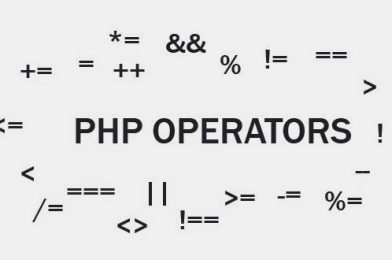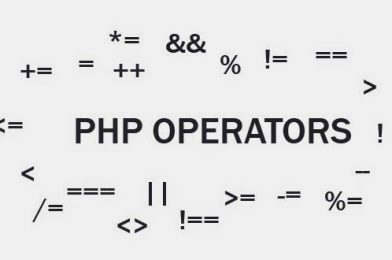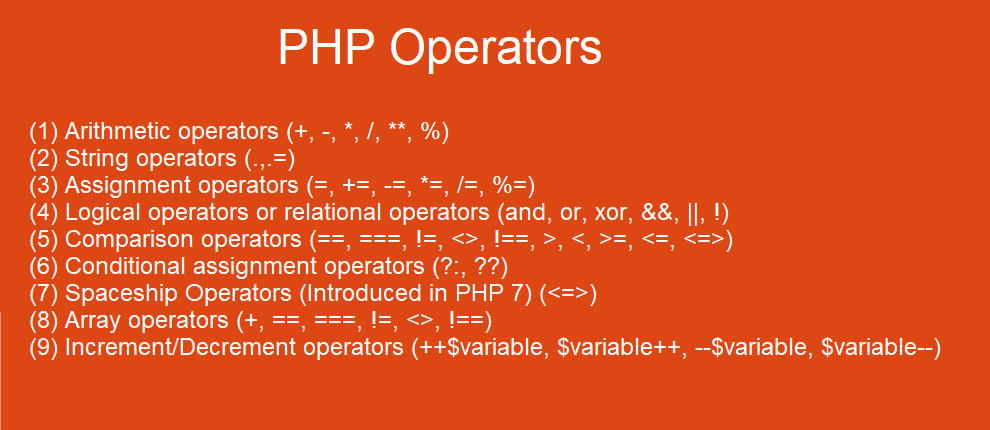If Statement
It is used to execute an instruction or block of instructions only if a condition is fulfilled.
Syntax: –
if (condition)
{
block of statements;
}
If statement with logical operator
if ( (condition1) && (condition2) )
{
block of statements;
}
If else Statement
if… else statement is used when a different sequence of instructions is to be executed depending
on the logical value(True/False) of the condition evaluated.
Syntax: –
if(condition)
{
Statement_1_Block;
}
else
{
Statement_2_Block;
}
Statement_3;
Else If Statement
To show a multi-way decision based on several conditions, we use else if statement.
Syntax: –
If(condition_1)
{
statements_1_Block;
}
else if(condition_2)
{
statement_2_Blocks;
}
else if(condition_n)
{
Statements_n_Block;
}
else
statements_x;
Switch Statement
Check several possible constant values for an expression.
Syntax: –
switch(expression){
case expression 1:
block of statements 1;
break;
case expression2;:
block of statements 2;
break;
.
.
default:
default block of instructions;
}
All the cases will be evaluated if you don’t use a break statement.
switch(expression){
case expression 1:
block of statements 1;
break;
case expression 2:
case expression 3:
block of statements 2;
break;
default:
default block of instructions;
}




















